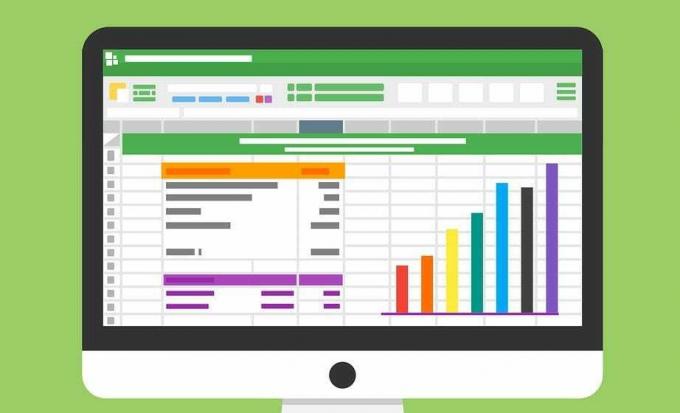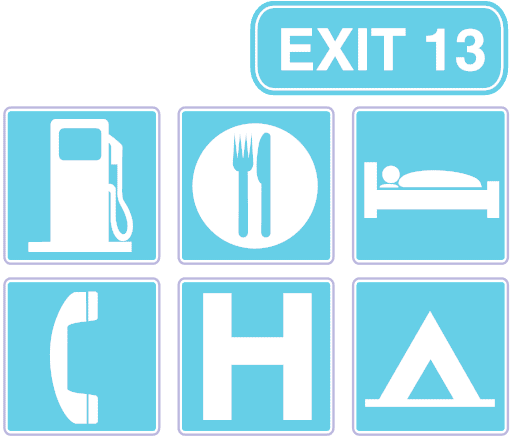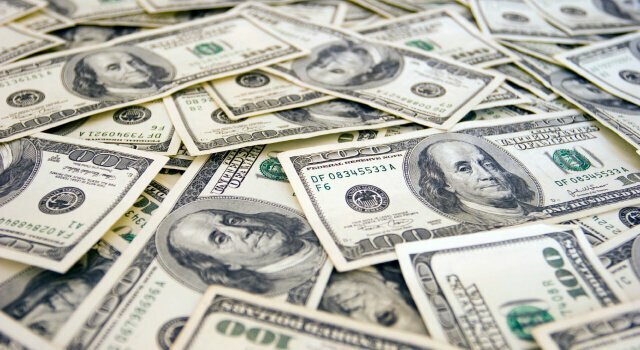When talking about Fiscal policy, come up a series of instruments and measures used by the government to obtain income in order to overcome public spending and achieve growth in production and therefore in the economy and stability of the country.
Through this branch of the economy, the government influences the country's economy, controlling spending and income in the different sectors for macroeconomic purposes.
Advertisements
In this article you will find:
What is fiscal policy?
It is the branch of economic policy that orders public spending and the payment of taxes, in the search economic stability and growth, while also exercising some control over employment and inflation.
This is accomplished by obtaining materialized public revenue and collecting taxes.
Advertisements

Objectives of fiscal policy
The main objective of fiscal policy is to protect the domestic economy against changes in economic cycles and boost its growth.
Advertisements
In addition to this, it is possible to mention some objectives that fiscal policy seeks, a little more specific, such as the following:
Short term:
- Economic stability and regulate the economic cycle through the budget balance.
Long term:
- Growth of the country through education, employment, investment in works and incentives to save.
- Equity and distribution of public income.
- It is a key element to protect and guarantee social services and all the resources available to the country in question.
This area carries a great responsibility, the decisions made here can significantly affect the lives of citizens, employment, production, prices, etc., in other words, fiscal policy constitutes a very important way in the maintenance and improvement of social and economic well-being, for example, some European public budgets allocate more than 50% of spending to social services, while only about 20% is allocated to general services and economic.
Advertisements
It also has a stabilizing role for the economy, minimizing fluctuations through its impact on aggregate demand for public revenues and expenditures.
Types of fiscal policy
Expansive Fiscal Policy:
It is applied in the face of insufficient aggregate demand, so there is a certain unused productive capacity, unemployment is generated, it takes place in times of crisis or economic recession.
Advertisements
Its purpose is to stimulate the economy by increasing public spending (aggregate) and low taxes to achieve the increase in aggregate demand.
They can be applied in the following ways:
- Tax reduction, with which an impact in favor of consumption is achieved.
- Increase in public (Government) spending, moving aggregate spending also up.
- Greater incentives for private investment and national production, through tax exemptions. In order to cause increases in aggregate demand.
- Tax incentives that stimulate demand from non-residents (increase in net exports)
Restrictive Fiscal Policy:
It is applied in the face of excessive aggregate demand for which there is a significant increase in inflation. Its objective is to stabilize prices, by increasing taxes and reducing public spending. It is applied in the following ways:
- Tax increase.
- Reduction of public spending.
- A series of actions would be implemented in order to discourage private investment, national production and net exports.
These measures are generally applied when a country's economy is going through a boom period, with high insecurity and the likelihood of increased inflation.
There is also a third option that lies in not applying any of the previous two, which can be called:
Neutral Fiscal Policy:
It consists of the search for a balanced budget where public expenditures are equal to public income, so it does not cause any effect on economic activity.
These policies are used by the government, according to the economic situation the country is going through, be it expansion, recession or stability.
Related concepts
To better understand all the information handled here, some important concepts related to fiscal policy are presented below.
Expense
Amount of money used in the management of businesses that involve the reduction of social assets. Expenses are considered and are charged to the income statement, the purchase of goods and services, rentals, insurance, salaries, advertising, amortizations, among others.
· Public spending
Amount of money used by the state administration to meet and meet the needs of citizens.
· Aggregate demand
It is the total sum of the goods and services that a country demands, at certain prices, at a certain time. GDP can be measured and is the same, so they are sometimes used interchangeably or synonymously.
· Entry
It refers to the entry of money that comes from the sale of goods or services of its exploitation. The money that comes from the performance of the securities portfolio, time deposits and the income attached to the exploitation are also considered.
· Taxes
Amount of money or fee that must be paid to the treasury for acquiring goods or services, according to a certain parameter established by law, for example, value added tax, luxury tax, income tax, customs tax, among others.
To conclude, it can be said that the best way to refer to fiscal policy is as the state or government action plan on public revenues and expenditures. On the other hand, this article has shown that the objectives, mechanisms and effects of the expansionary fiscal policy are oriented in the fight against unemployment and are opposed to the employees of the restrictive fiscal policy that is oriented in the fight against inflation.


